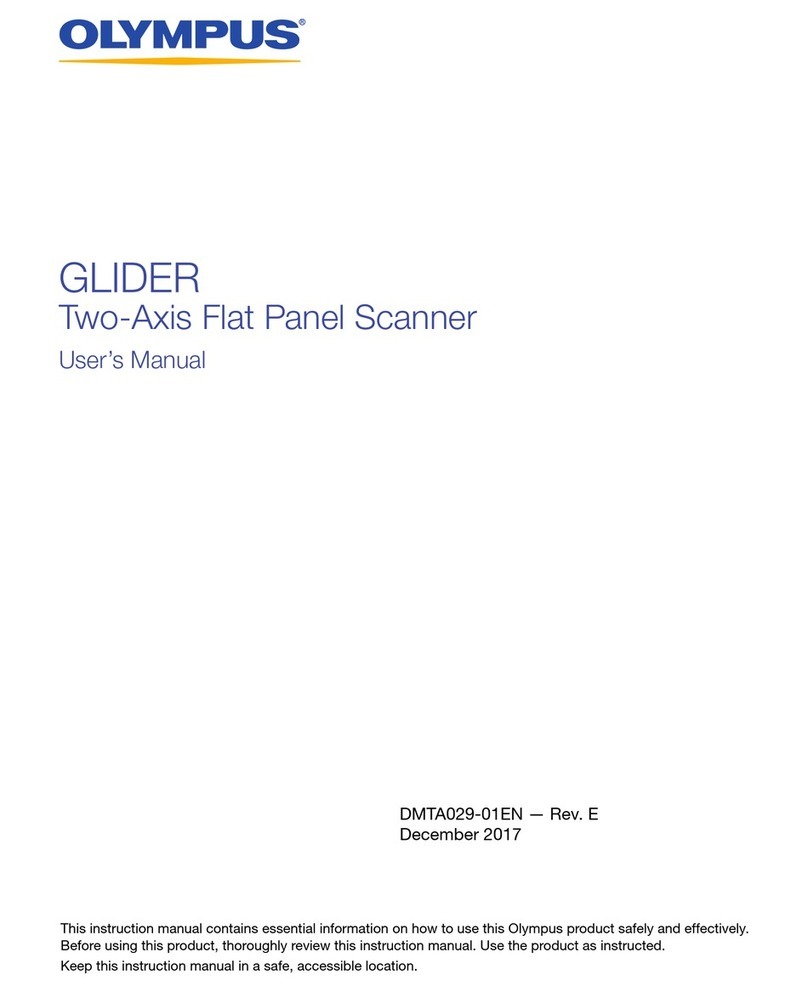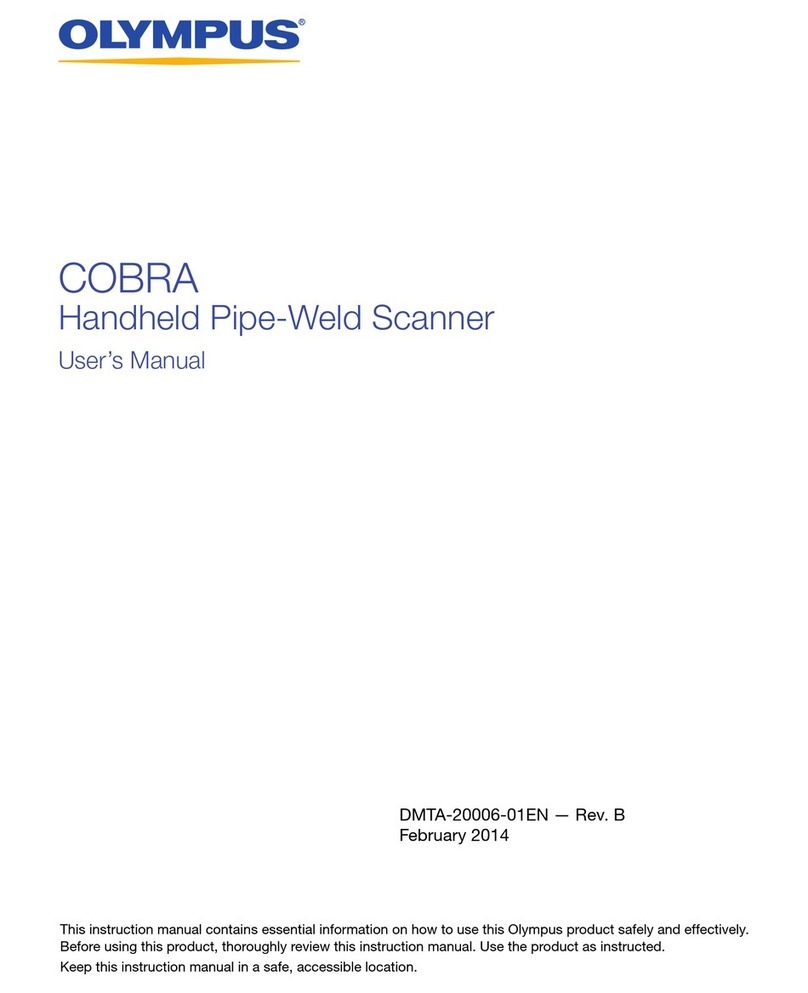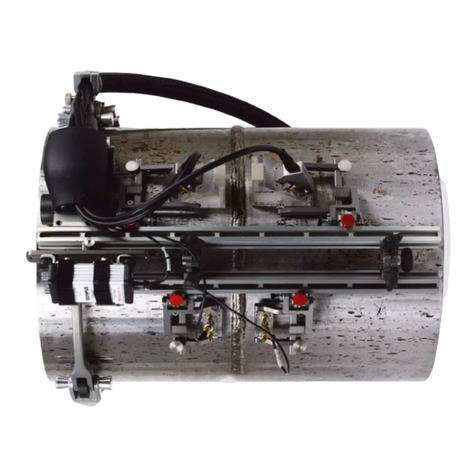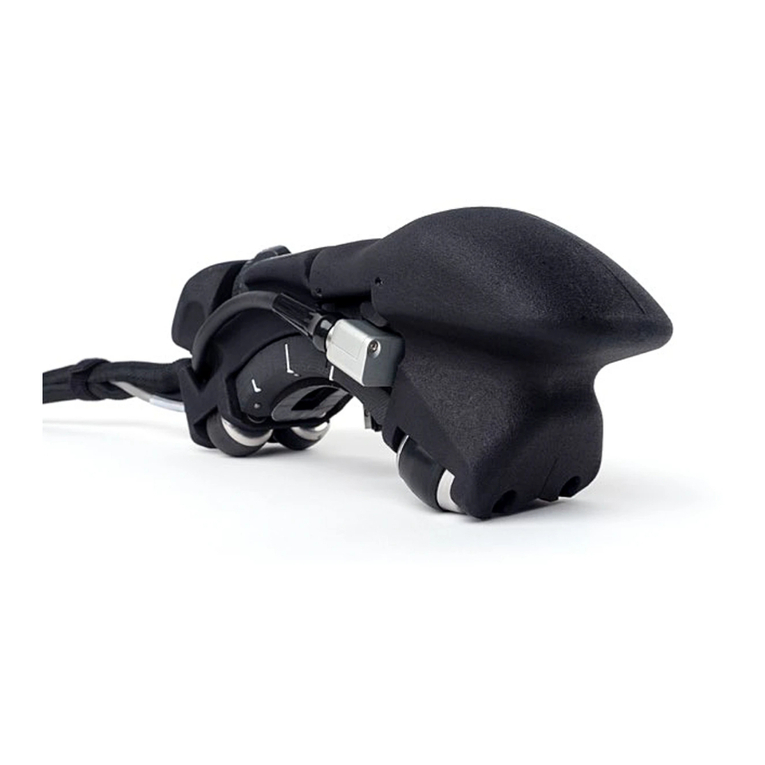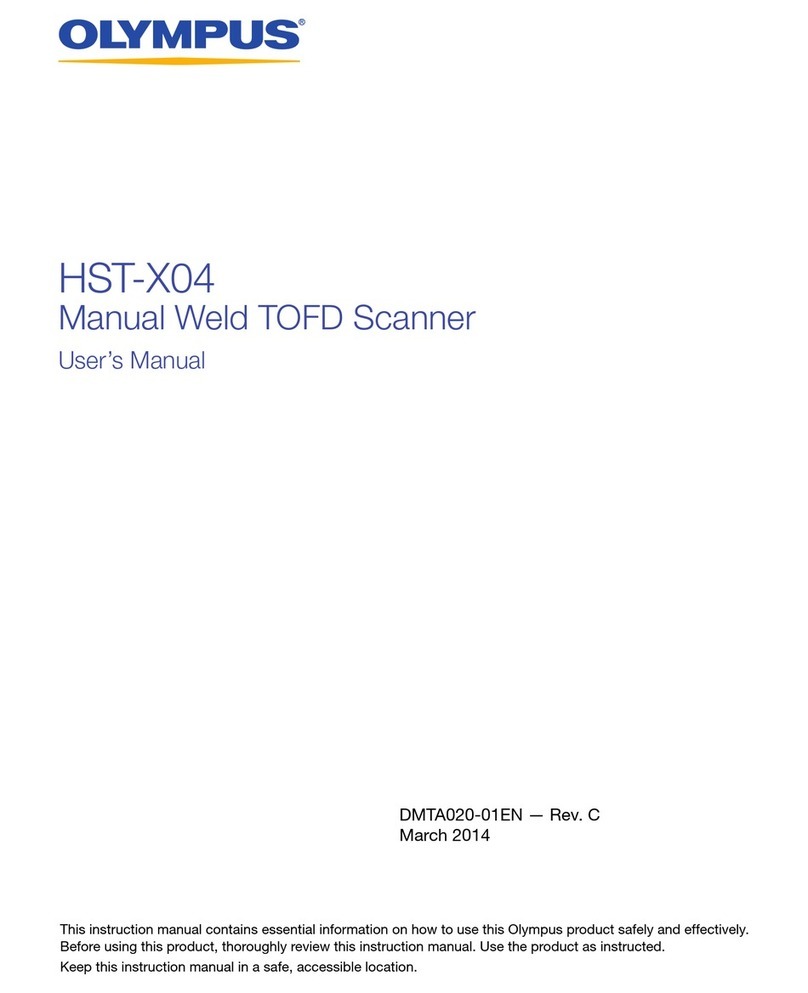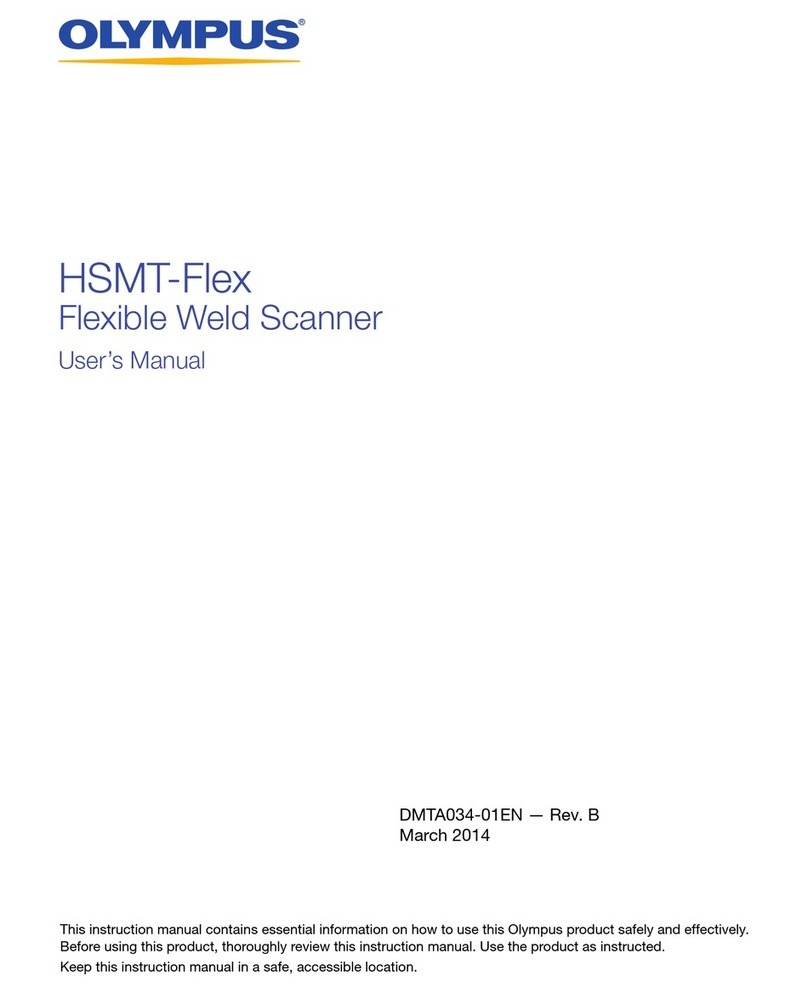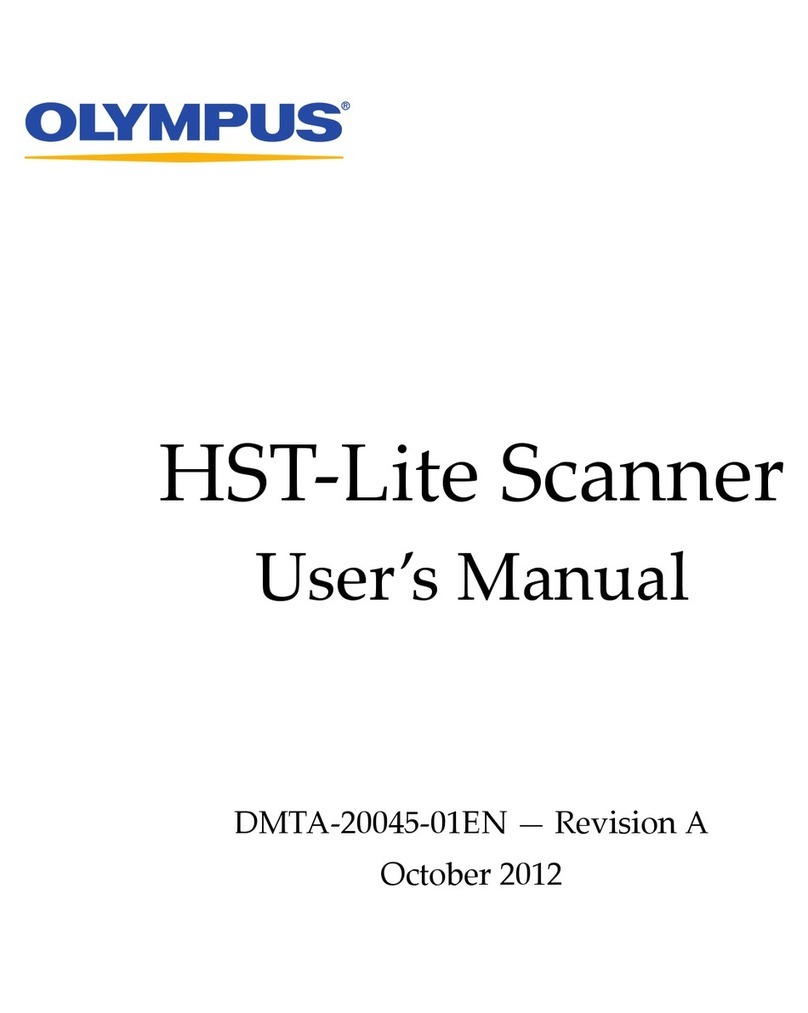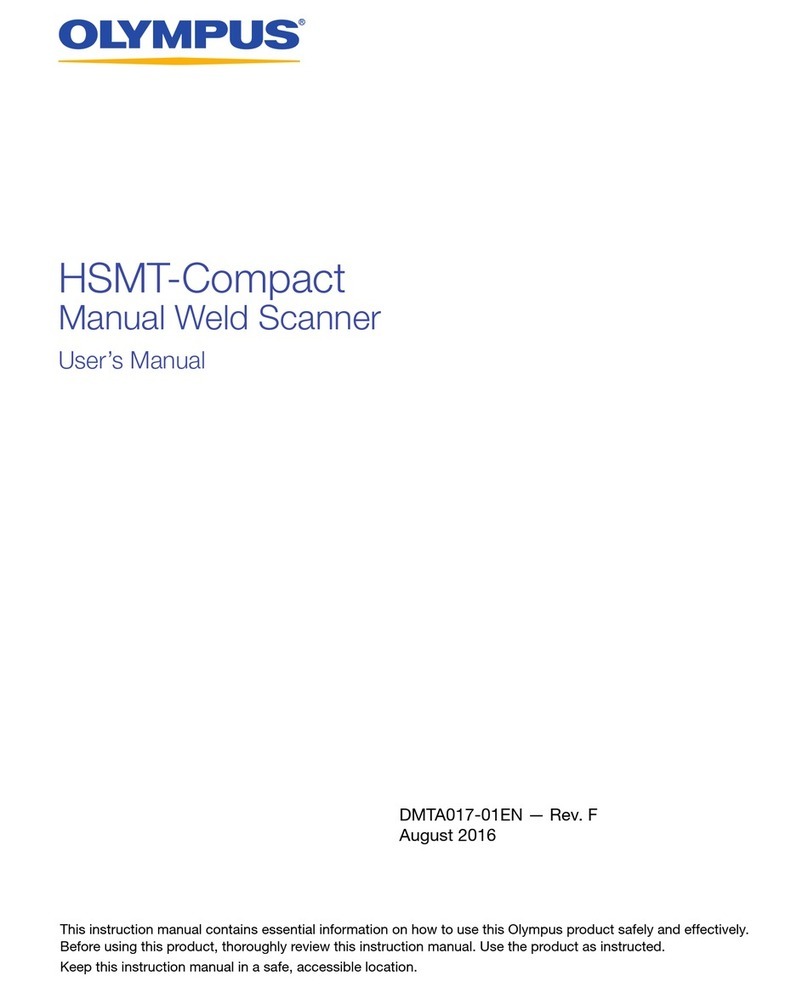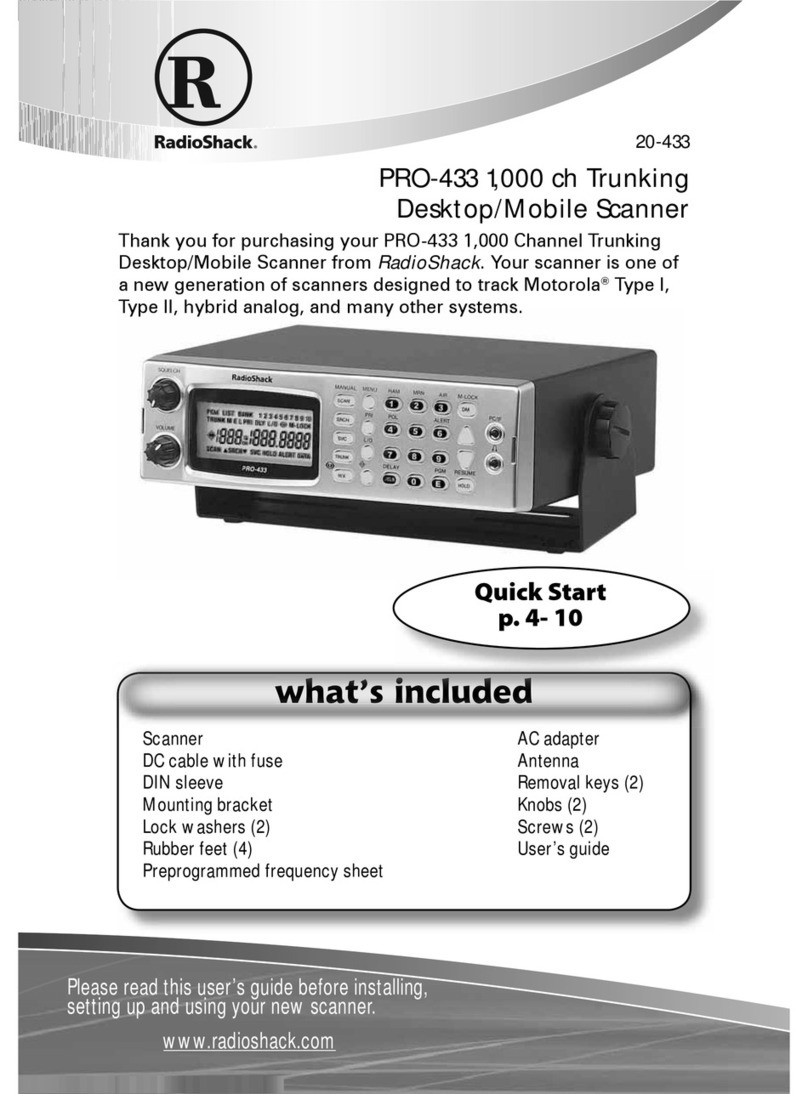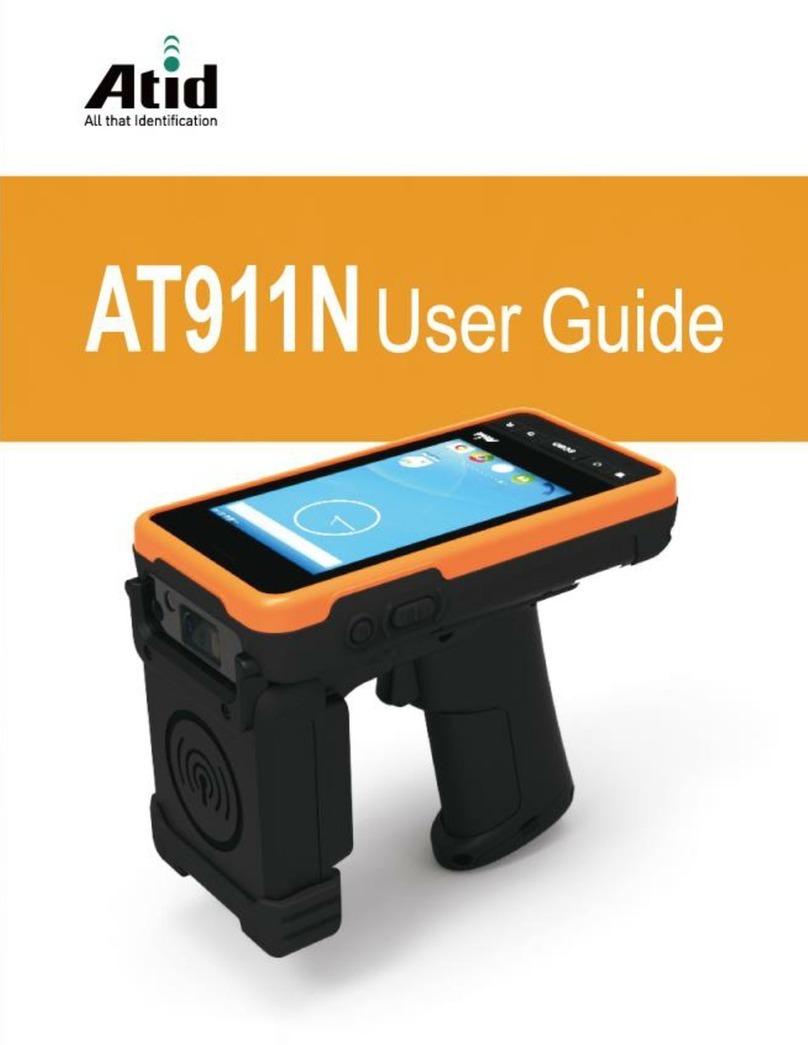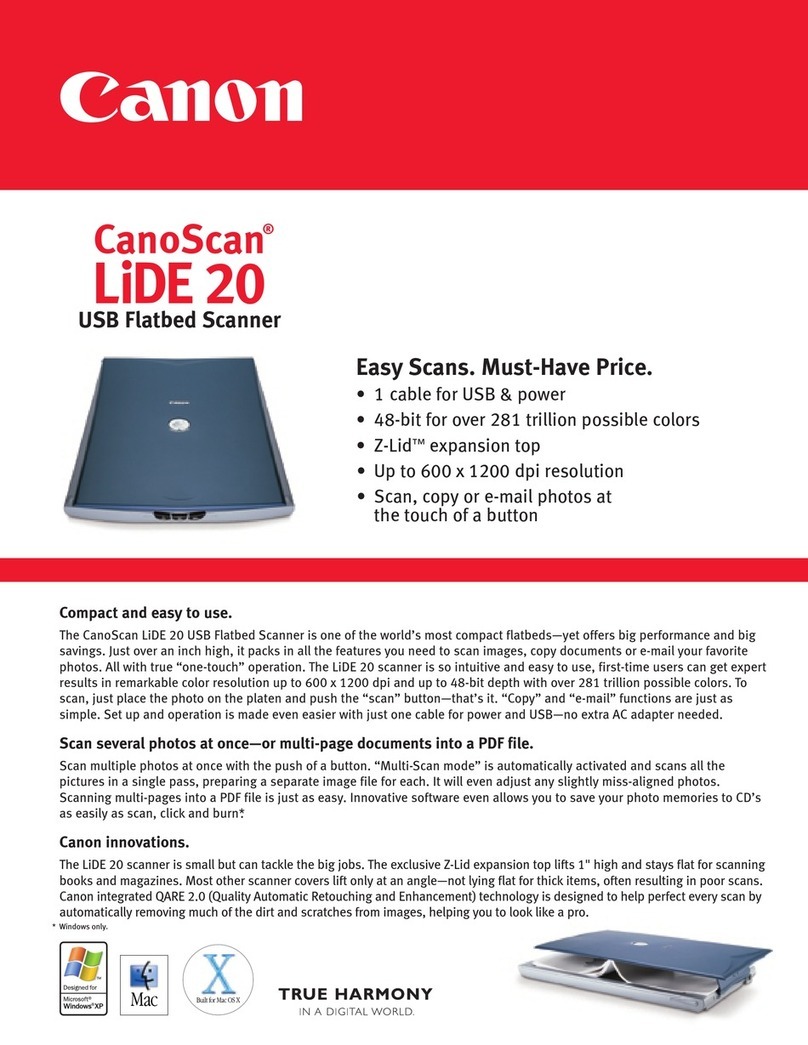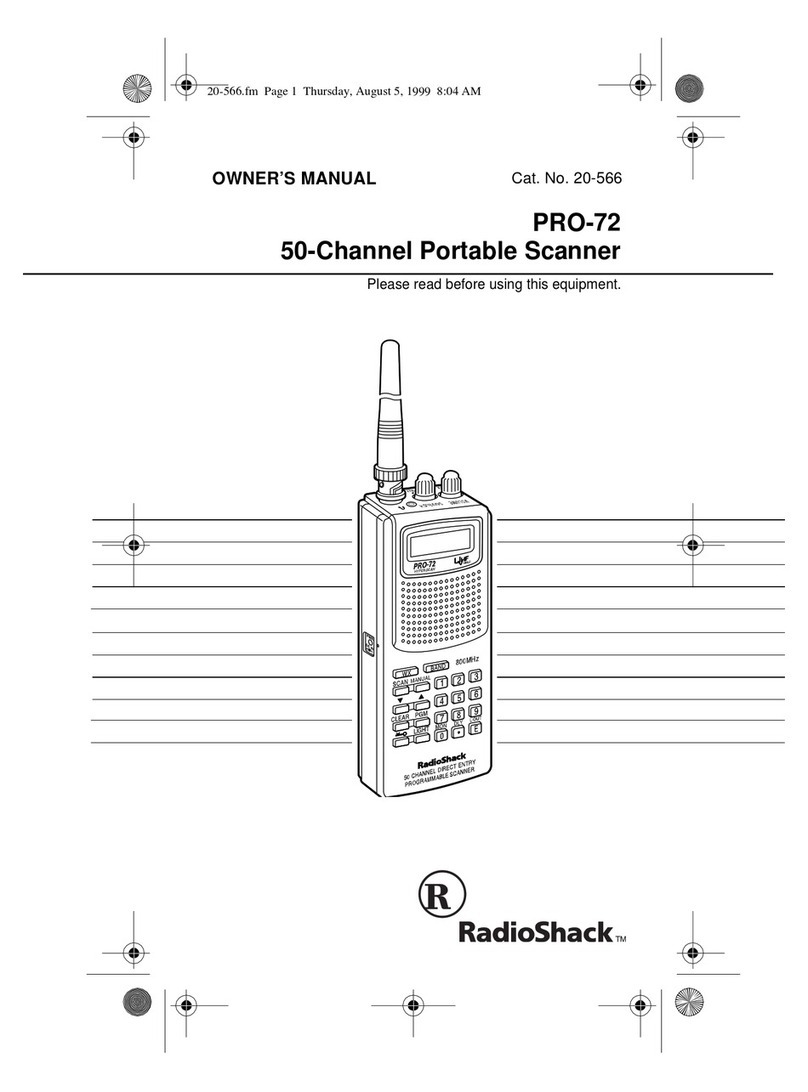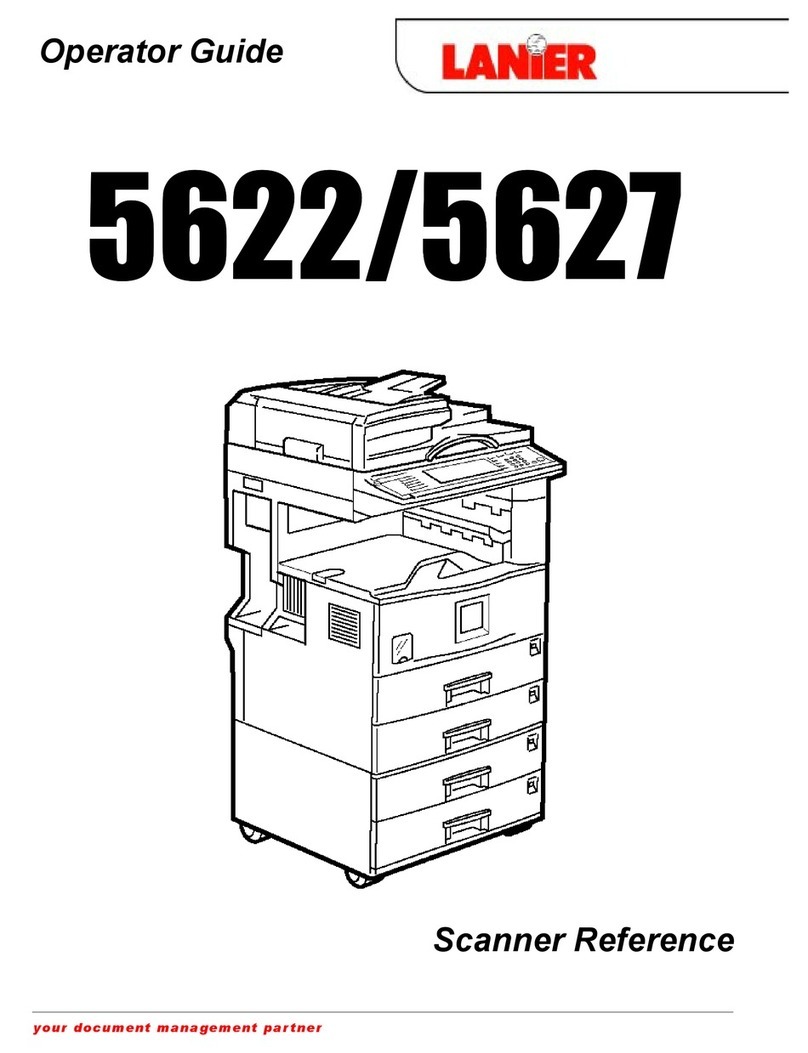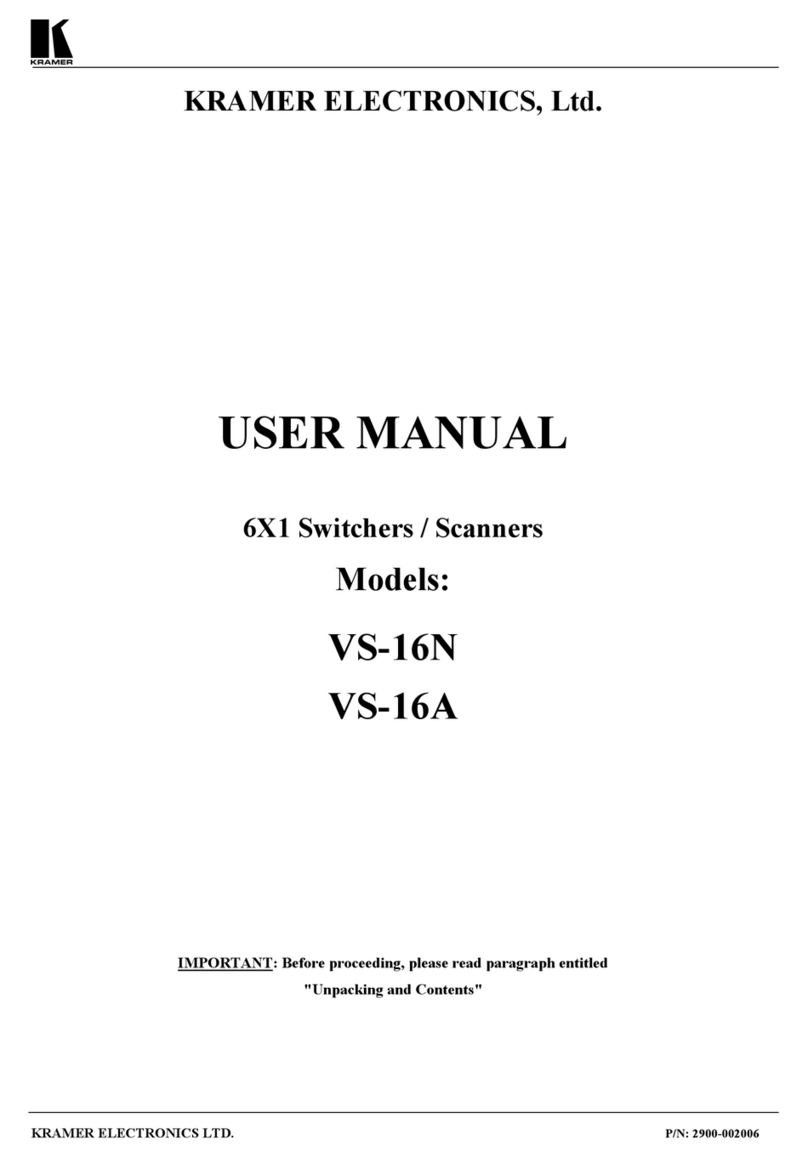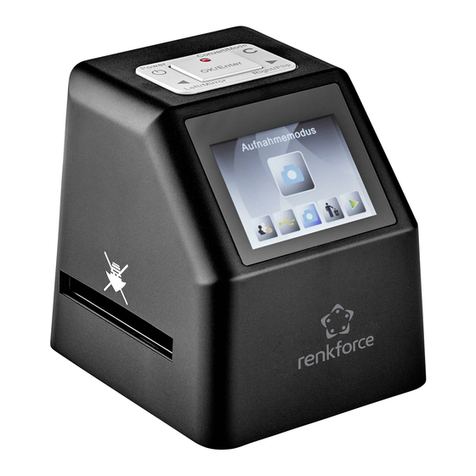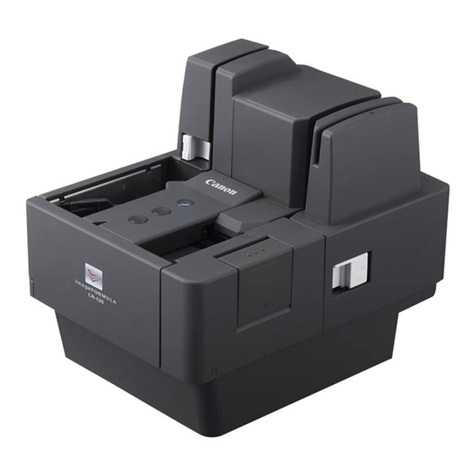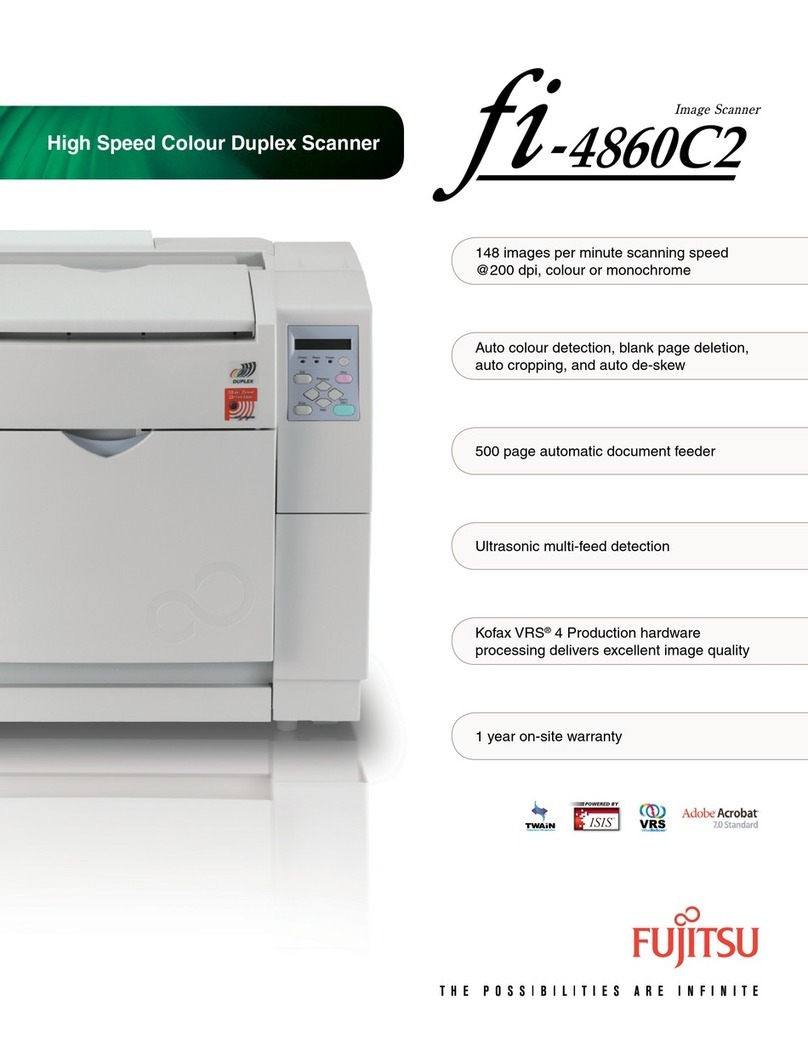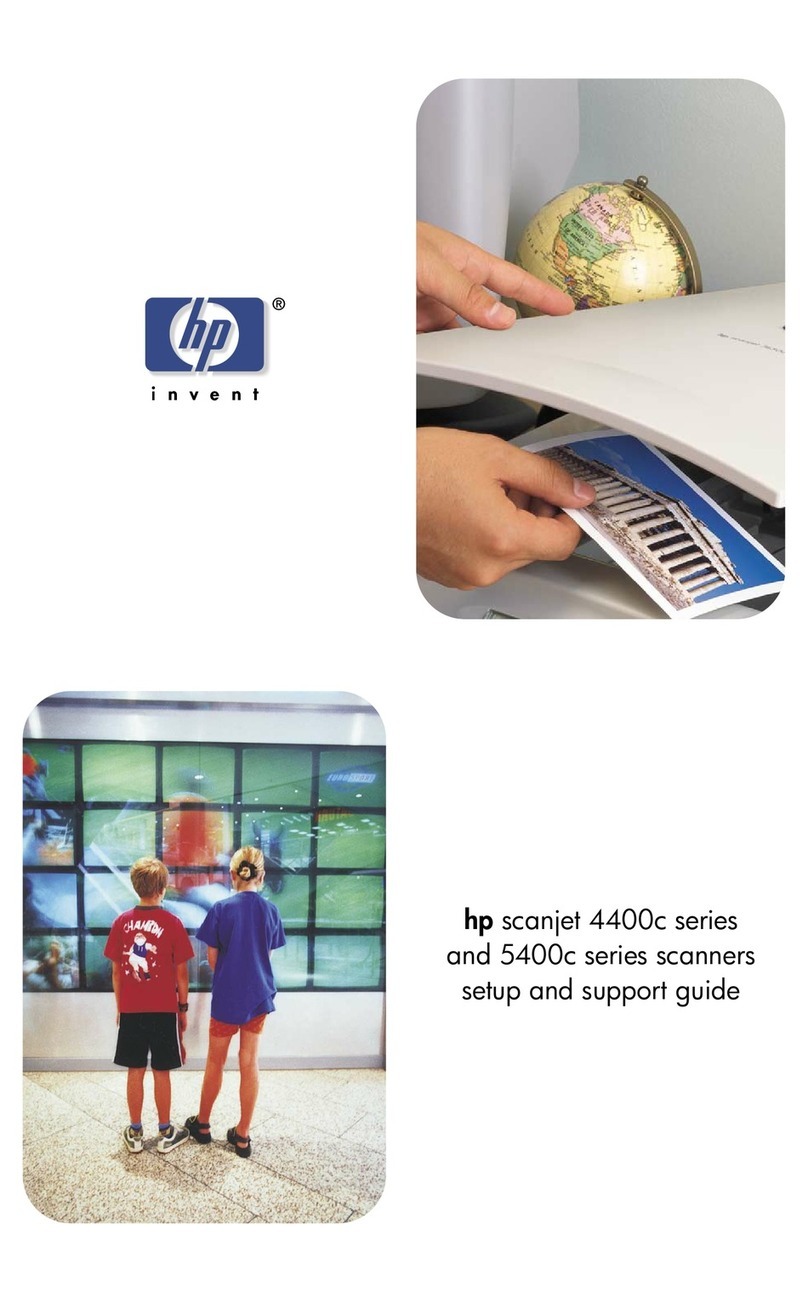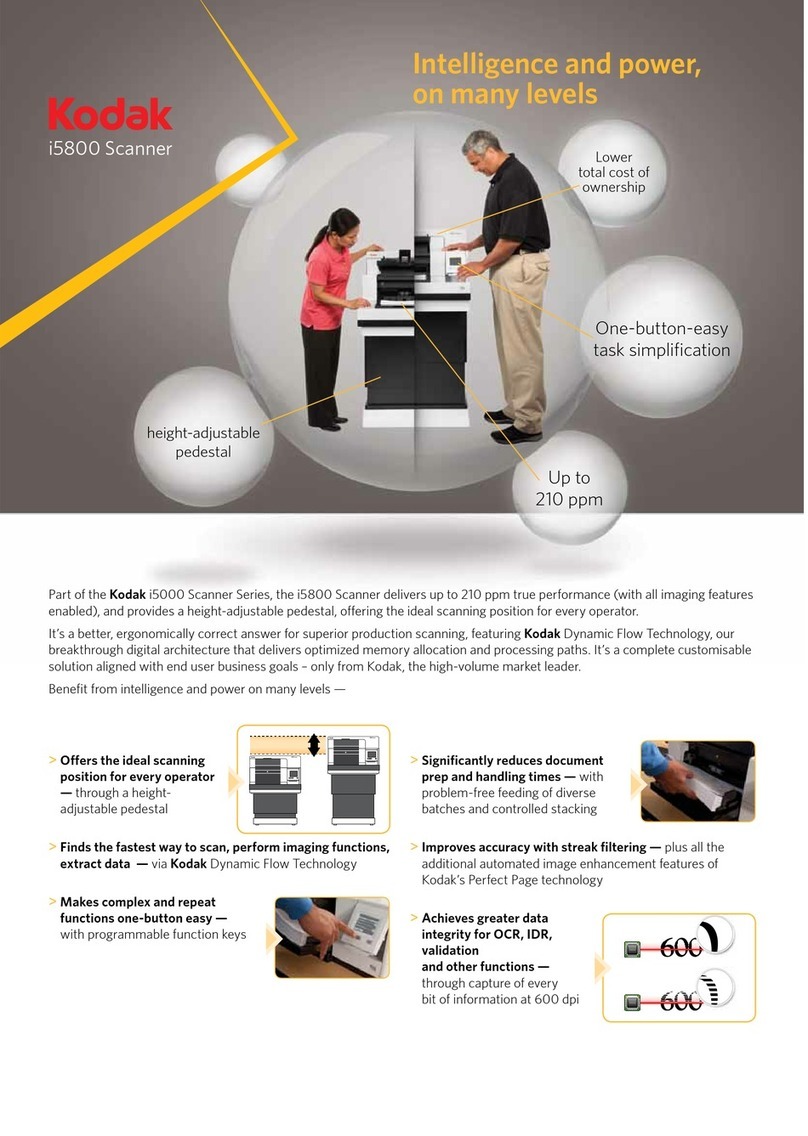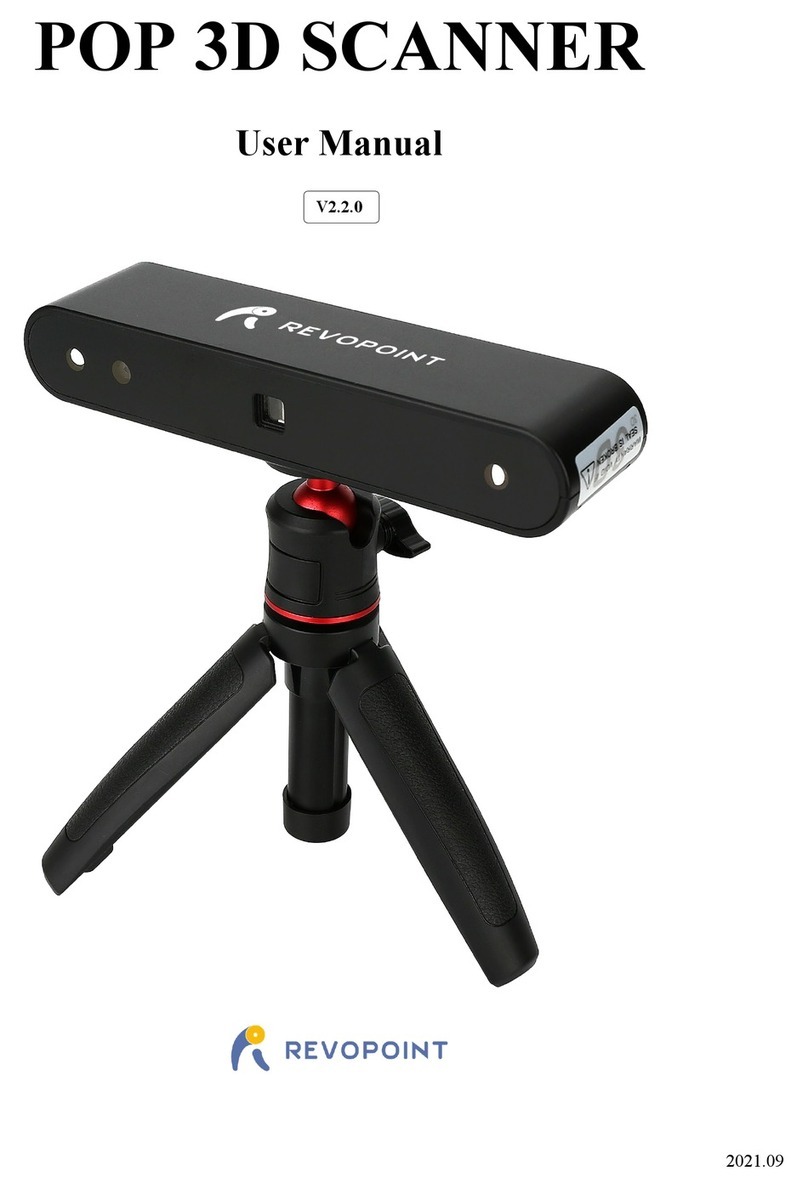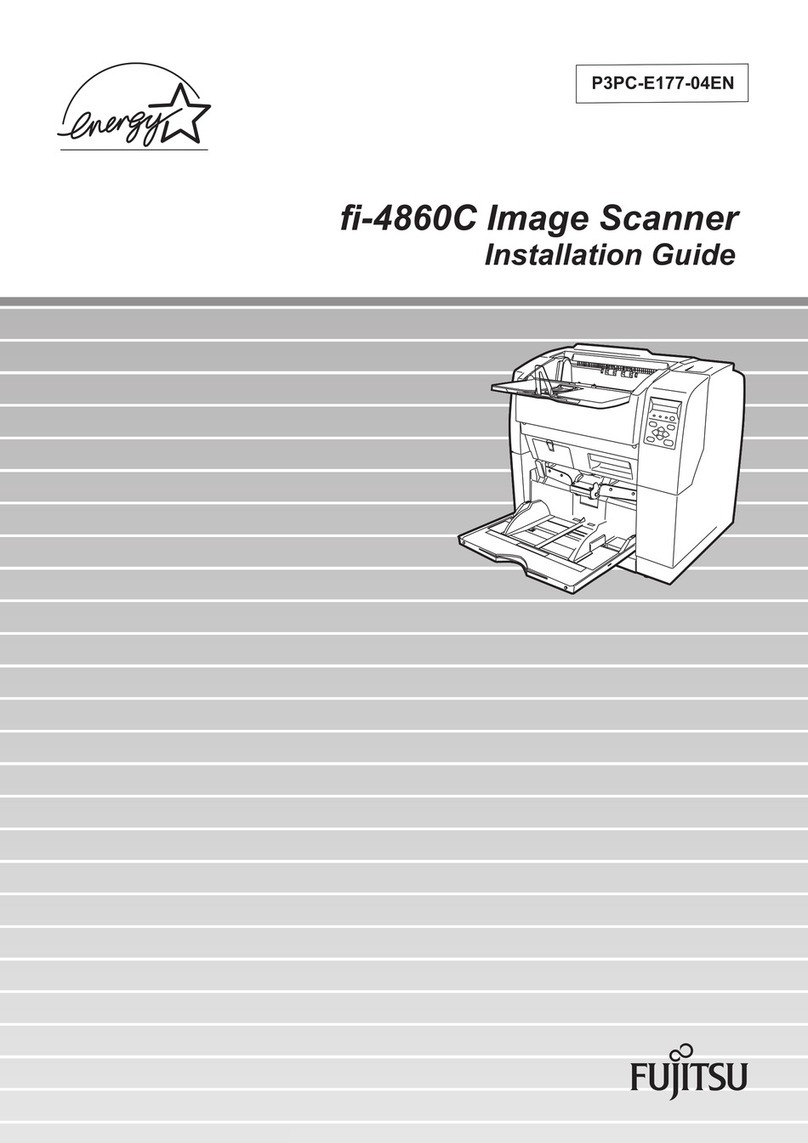
DMTA020-01EN, Rev. D, September 2016
Table of Contents
iii
Table of Contents
Labels and Symbols ........................................................................................... 1
Important Information — Please Read Before Use ..................................... 3
Intended Use .......................................................................................................................... 3
Instruction Manual ................................................................................................................ 3
Instrument Compatibility ..................................................................................................... 4
Repair and Modification ....................................................................................................... 5
Safety Symbols ....................................................................................................................... 6
Safety Signal Words ............................................................................................................... 6
Note Signal Words ................................................................................................................. 7
Safety ....................................................................................................................................... 7
Warnings ................................................................................................................................. 8
CE (European Community) ................................................................................................. 8
WEEE Directive ...................................................................................................................... 9
EMC Directive Compliance .................................................................................................. 9
Warranty Information ........................................................................................................... 9
Technical Support ................................................................................................................ 10
1. Setting Up and Operating the HST-X04 Scanner ................................. 11
1.1 Description ................................................................................................................. 11
1.2 Assembling the Scanner ........................................................................................... 12
1.2.1 Installing a Probe and Wedge in a Probe Holder ...................................... 12
1.2.2 Installing a Probe Holder .............................................................................. 13
1.2.3 Installing an Encoder ..................................................................................... 13
1.3 Operating the Scanner .............................................................................................. 16
2. Probes and Wedges .................................................................................... 17
2.1 Probes ......................................................................................................................... 17
2.2 Wedges ....................................................................................................................... 18

